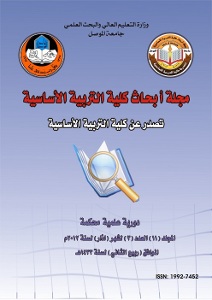A Contrastive Study of Ironic Expressions in English and Arabic
Abstract
The present study deals with ironic expressions in English and Arabic. Irony is a communicative behaviour in which the speaker says something and means the opposite. Though irony is a universal phenomenon, people misunderstand it and take it literally. The study aims at distinguishing between literal and ironic expressions and showing the similarities and differences between ironic expressions in both English and Arabic. It is hypothesized that irony is a universal phenomenon in all cultures and yet, there are many differences and similarities in the making of ironic expressions in English and Arabic. The analysis of the data is based on an eclectic linguistic model comprising Giora et al.s (1998) and Gibbs and Colstons (2007) models of irony.
The application of this model to the selected data has yielded some findings and conclusions, the most salient of which are the following:
1. Irony is a universal phenomenon since it has been examined in English and Arabic as an example for its universality.
2. In most cases ironic expressions are similar to each other in both languages, except for some situations. The differences fall in the usage of some utterances that are exclusively related to a certain culture whether Arabic or English.
3. Ironic expressions in Arabic are more figurative than those in English.
4. Opposition, humour and exaggeration are the most common devices to form ironic expressions in both languages.
